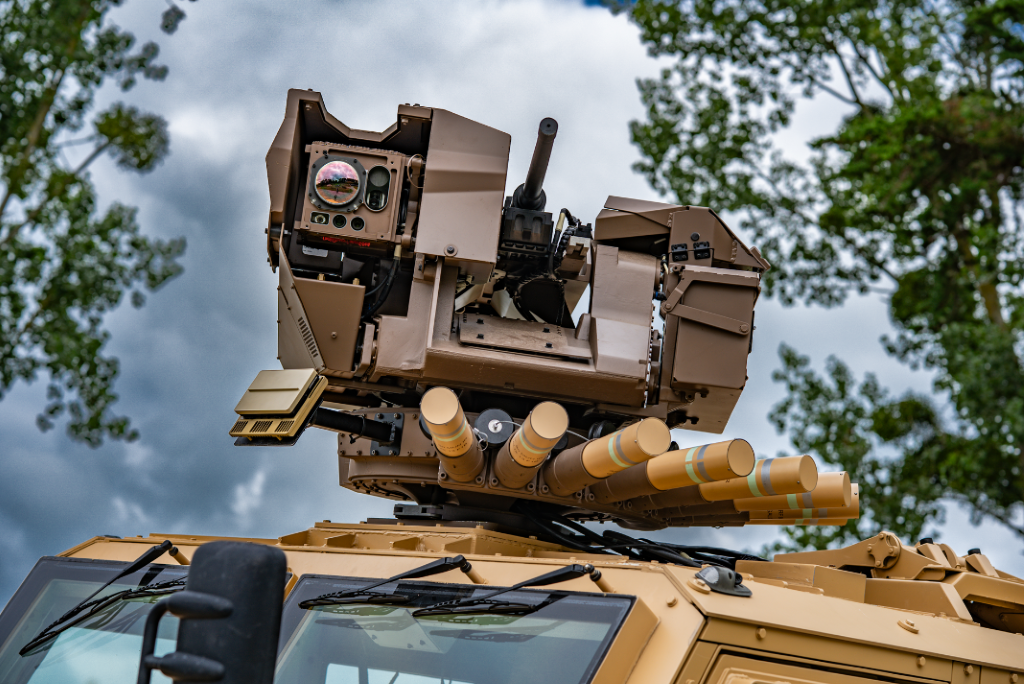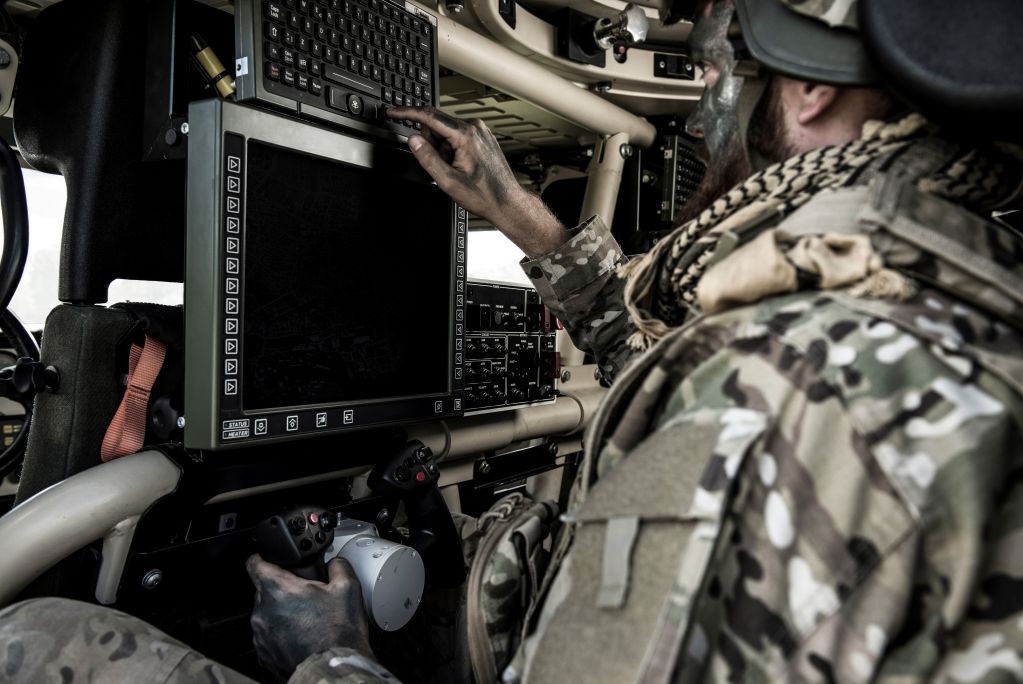Air Force Restructures Management of Key Programs
The U.S. Air Force is restructuring its approach to major projects by transferring oversight of its most significant programs under a newly designated four-star officer. This shift aims to enhance efficiency and expedite decision-making in defense acquisition.
Appointment of Lt. Gen. Dale White
On Tuesday, the White House nominated Lt. Gen. Dale White to assume the role of the inaugural Direct Reporting Portfolio Manager (DRPM) for Critical Major Weapons Systems. These systems include:
- Sentinel and Minuteman III intercontinental ballistic missiles
- B-21 Raider bomber
- F-47 fighter jet
- VC-25B presidential transport aircraft
Upon confirmation, White will be elevated to the rank of general and will report directly to Deputy Defense Secretary Steve Feinberg. An Air Force spokesperson confirmed that this direct reporting mechanism is intended to streamline program execution and enhance responsiveness within the acquisition process.
Context of the Restructuring
The nomination aligns with President Donald Trump’s earlier executive order from April advocating an overhaul of the defense industrial base. Additionally, it mirrors Defense Secretary Pete Hegseth’s emphasis on accelerating defense procurement processes. However, the implications of this new role raise questions about their alignment with ongoing initiatives aimed at decentralizing decision-making within the military’s acquisition structure.
Defense expert Todd Harrison from the American Enterprise Institute expressed concerns regarding this centralization, noting it appears contradictory to directives encouraging the delegation of authority to lower organizational levels. He articulates that while the intent may be to consolidate control over critical programs, this approach is in tension with broader acquisition reforms emphasizing decentralization.
Reactions and Implications
An Air Force spokesperson defended the establishment of the DRPM title, asserting it supports the ongoing acquisition reform efforts aimed at bolstering operational efficiency and minimizing redundancies, thereby advancing capabilities for military personnel.
Key programs under the DRPM have faced scrutiny, particularly:
- The Sentinel ICBM, which has been significantly restructured after projected costs surged to $141 billion, significantly exceeding initial forecasts.
- B-21 production discussions have been stalled due to the recent government shutdown, indicating potential delays in this critical modernization effort.
- The Air Force has sought legislative approval for a $150 million reallocation to expedite the delivery of two VC-25B aircraft to 2027, in light of current delays.
Lawmakers have also raised concerns over the interim use of a luxury Qatari jet by former President Trump, further complicating the scrutiny of the Air Force’s capabilities in maintaining its aircraft modernization timeline.
Background of Lt. Gen. Dale White
Currently serving as the military deputy to the Assistant Secretary of the Air Force for acquisition, technology, and logistics, Lt. Gen. White’s previous experience includes overseeing advanced aircraft programs at Wright-Patterson Air Force Base in Ohio.
If confirmed, he will be supported by a specialized team based in the Pentagon, working alongside the existing acquisition workforce dedicated to these critical major weapons systems. The Air Force anticipates establishing this new office in the upcoming months, underscoring the urgency of addressing ongoing acquisition challenges.
In summary, the Air Force’s recent restructuring efforts reflect a dual response to both pressing operational needs and broader defense acquisition reform goals. The success of Lt. Gen. White in this new capacity will likely be closely monitored as the Air Force seeks to address challenges associated with its high-profile programs.





